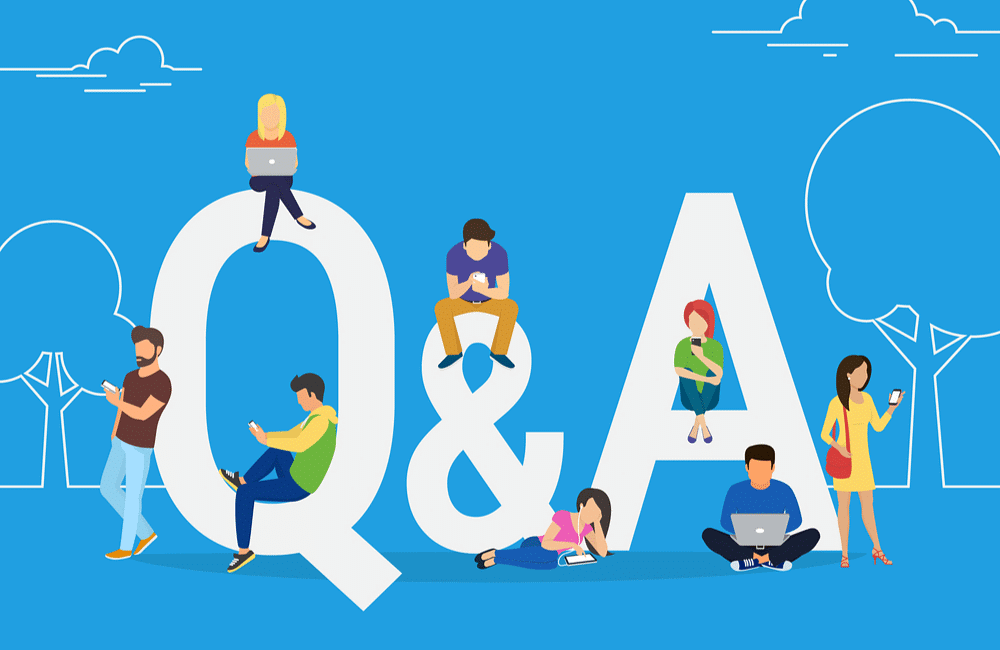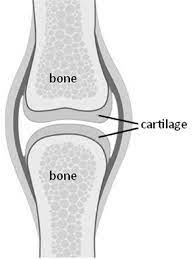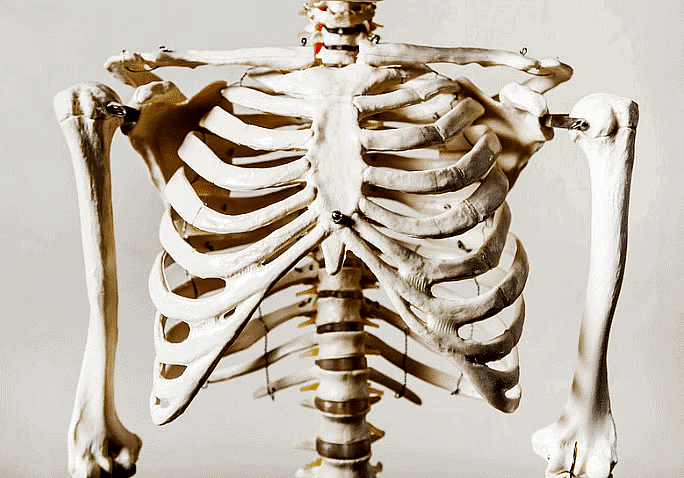Class 6 Science Chapter 5 Question Answers - Body Movement
All the questions are from the NCERT lines and each question is answered according to the NCERT only.

Q1: We can bend or rotate our body only at _________
Ans: Joints
Joints are connections between bones, facilitating body movement. They enable bending by allowing bones to articulate, supported by synovial fluid for smooth motion.
Q2: Bones cannot be bent. (TRUE/FALSE)
Ans: True
Bones are rigid and cannot be bent because they are composed of hard and dense tissue, primarily mineralized collagen. Their structural integrity provides support and protection to the body, preventing deformation.
Q3: Name four different types of joints.
Ans: Ball and socket joint, pivotal joint, hinge joint and fixed joint.
Q4: What is the term for the tough, rubbery tissue that covers the ends of bones at joints, providing a smooth surface for movement?
Ans: Cartilage
Q5: Bones and __________ form the skeleton of the human body.
Ans: Cartilage
 Cartilage
Cartilage
Q6: What is the function of the skeleton in the human body?
Ans: It gives frame and shape to our body and helps in movement.
Q7: __________ Joint allows movement in all directions.
Ans: Ball and socket.
Q8: What is a pivotal joint?
Ans: The joint where our neck joins the head is a pivotal joint.
Q9: Elbow has _________ joint.
Ans: Hinge
The elbow has a hinge joint to enable the back-and-forth motion of the forearm, facilitating flexion and extension of the arm.
Q10: What are fixed joints?
Ans: Joints at which bones cannot move are called fixed joints.
Q11: Bone in our hip is joined to our leg by __________joint.
Ans: Ball and socket
 Ball and Socket join
Ball and Socket join
Q12: In a pivot joint, a cylindrical bone rotates in a ring. (TRUE/FALSE)
Ans: True
In a pivot joint, a rounded or pointed bone surface rotates within a ring formed by another bone and a ligament, allowing for rotation around a central axis.
Q13: The joint between the upper jaw and the rest of the head is ___________.
Ans: Fixed joint
Q14: Bones in our body form a framework to give shape to our body. This framework is known as __________.
Ans: Skeleton
Q15: Which technique is used to find out possible bone injuries?
Ans: X-ray
X-ray is commonly used to identify and diagnose possible bone injuries, fractures, or abnormalities by capturing images of the internal structures of bones.
Q16: What is the function of the rib cage?
Ans: Some internal body parts are protected inside the rib cage.
One of the functions of the rib cage is to protect internal organs, such as the heart and lungs, by providing a bony enclosure around them.
Q17: Ribs join the chest bone and backbone together to form a box called __________.
Ans: Rib cage
 Rib cage
Rib cage
Q18: If the backbone was made up of only one long bone, would you be able to bend?
Ans: No, because without joints, one cannot bend.
Q19: The skull is made up of many bones joined together. (TRUE/FALSE)
Ans: TRUE
Q20: What is cartilage?
Ans: Part of the skeleton that can be bent and is not as hard as bone is known as cartilage.
Q21: What is muscle contraction?
Ans: When the muscles become shorter, stiffer, and thicker, it is muscle contraction.
Q22: What is the function of the skull?
Ans: The skull protects the brain.
One of the primary functions of the skull is to protect the brain. The skull, particularly the cranium, provides a bony enclosure that shields the brain from external impacts and injuries.
Q23: Only the upper part of the ear has cartilage, not the ear lobe. (TRUE/FALSE)
Ans: True
The upper part of the ear, known as the pinna or auricle, is primarily composed of cartilage, while the earlobe (lobule) is not. The earlobe is typically made up of softer tissue and does not contain cartilage.
Q24: Where is cartilage found?
Ans: Cartilage is found in the nose, ear and also the joints of the body.
Q25: The bone is pulled when muscles ___________. (contracts/relax)
Ans: Contracts.
The bone is pulled when muscles contract. During muscle contraction, the fibers within the muscle shorten, pulling on the associated bones and causing movement at the joints.
Q26: The earthworm does not have bones. (TRUE/FALSE)
Ans: True
Q27: Earthworm is called farmer’s friend. (TRUE/FALSE)
Ans: True
The earthworm is often referred to as the "farmer's friend" because it plays a beneficial role in agriculture. Earthworms improve soil structure by burrowing, aerating the soil, and enhancing nutrient availability through their digestive activities. They also decompose organic matter, contributing to the formation of nutrient-rich soil.
 Farmer's friend- EarthwormsQ28: The rounded structure on the back of the snail is ______________.
Farmer's friend- EarthwormsQ28: The rounded structure on the back of the snail is ______________.
Ans: Shell
Q29: Movement of snail is due to ____________.
Ans: Feet made of muscles.
Movement of a snail is due to its foot, which is a large, muscular organ. The foot of a snail contracts and relaxes, creating a wavelike motion that allows the snail to glide along surfaces.
Q30: In earthworms, __________ helps to extend or shorten the body.
Ans: Muscles
Q31: The Shell of a snail is made of bone. (TRUE/FALSE)
Ans: False
The shell of a snail is not made of bone. Instead, it is composed of calcium carbonate and proteins. The snail's shell serves as a protective outer covering, providing support and shelter for the soft body inside. It is a hard, calcareous structure produced by the snail's mantle.
Q32: Cockroaches have __________ pair of wings attached to the breast.
Ans: Two
Q33: Bones of bird are ____________.
Ans: Hollow and light
The bones of birds are hollow and light. This adaptation reduces the overall weight of the bird, making it more efficient for flight. The hollow spaces in the bones are filled with air sacs, contributing to a lighter skeleton without compromising strength.
Q34: Earthworms help enhance the quality of soil. (TRUE/FALSE)
Ans: True
Earthworms enhance soil quality by improving aeration, drainage, and nutrient content through their burrowing and feeding activities.
Q35: What is the shape of the body of fishes?
Ans: Fishes have a streamlined body shape.
The shape of the body of fishes is typically streamlined, which helps reduce drag and allows for efficient movement through water.
Q36: Cockroaches have __________ pair of legs.
Ans: Three
 Cockroach
Cockroach
Q37: Fishes have ___________ on their body which helps to keep balance of their body.
Ans: Fins.
Fishes have fins on their body that help maintain balance and stability as they move through water. Fins also contribute to steering and maneuvering in aquatic environments.
Q38: Snakes have long backbone. (TRUE/FALSE)
Ans: True
Snakes have a long and flexible backbone, which is made up of numerous vertebrae. The elongated structure of their backbone allows snakes to move with remarkable agility and flexibility, especially in slithering and climbing.
Q39: Who wrote the book ‘gait of Animals’?
Ans: Aristotle
Q40: Movement of snake is not straight but ________ . (fast/slow)
Ans: Fast
The movement of a snake is not straight but fast. Snakes move by a unique method called serpentine locomotion, where they use lateral undulation to propel themselves forward in a series of S-shaped curves. This movement allows snakes to navigate efficiently through various terrains.
FAQs on Class 6 Science Chapter 5 Question Answers - Body Movement
| 1. What are body movements? |  |
| 2. Why are body movements important for health? |  |
| 3. What types of body movements are there? |  |
| 4. How do animals move differently than humans? |  |
| 5. Can body movements affect our mood? |  |

















